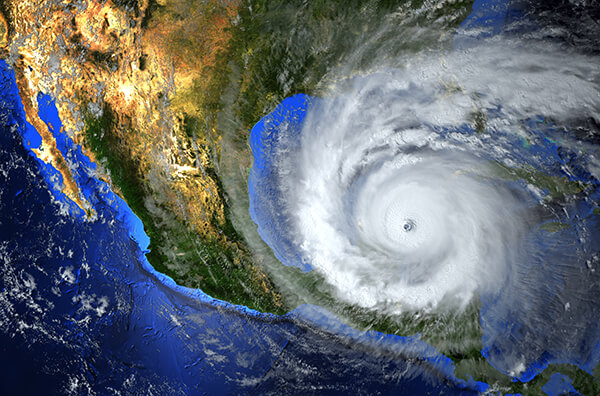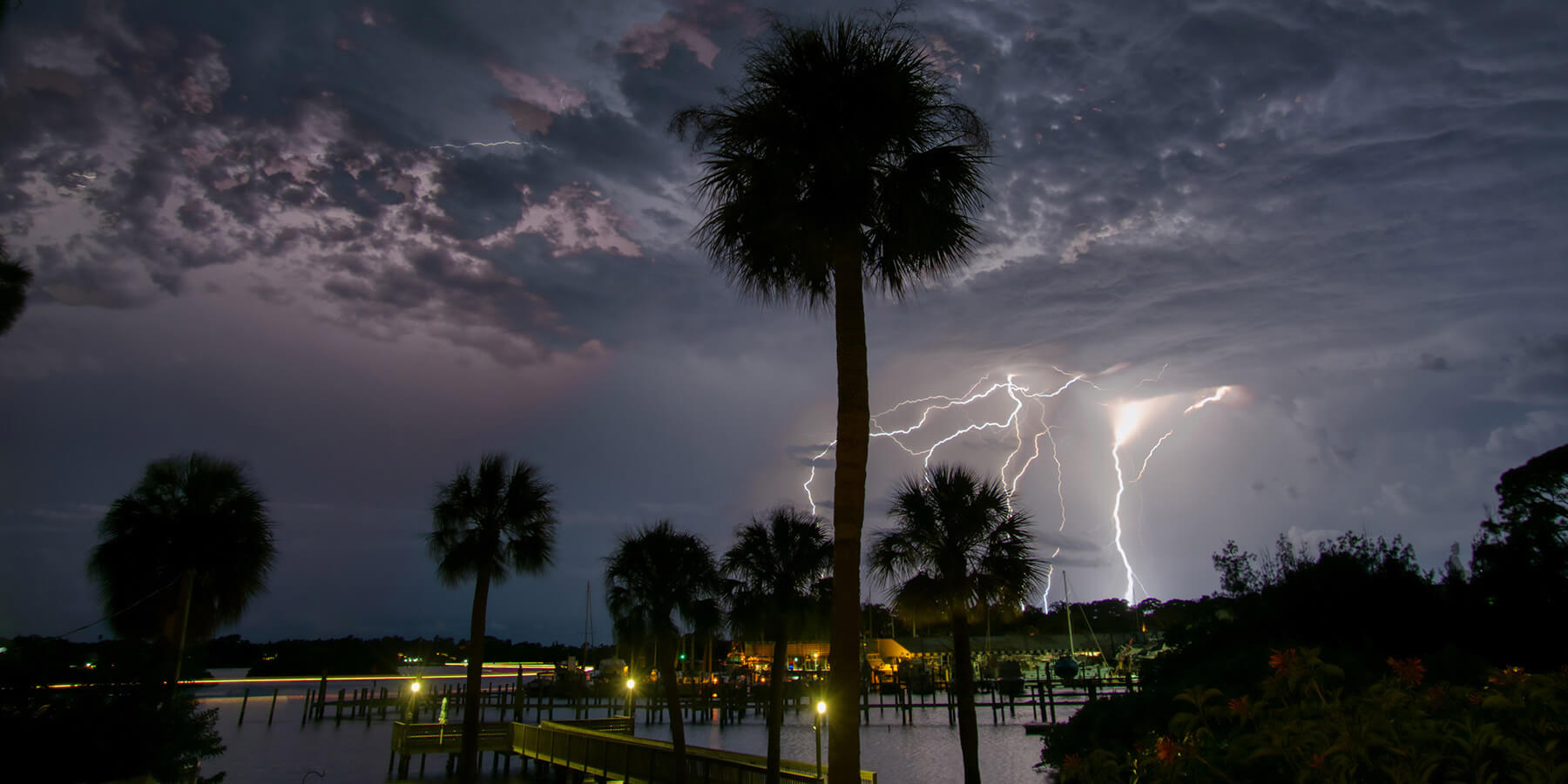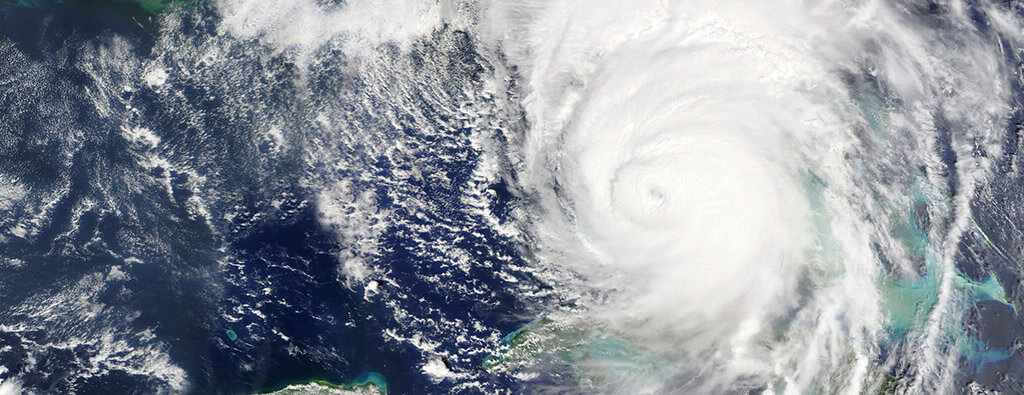Hurricane season is typically June 1 to November 30, which is when watches for both hurricanes and tropical storms frequently go into effect. This article is part of our series focusing on 2024 tropical cyclones in the Atlantic region, with the first storm we’re discussing being Ernesto. With Ernesto now formed, we’re aiming to provide an in-depth understanding of how Tropical Storm Ernesto formed, the history of its name, and the science behind how tropical storms turn into hurricanes. Additionally, we will offer valuable preparation tips and resources to ensure you are well-equipped to face such events.
The Name and Significance of Tropical Storm Ernesto
Tropical Storm Ernesto holds significance as it marks the fifth named storm in 2024’s Atlantic tropical cyclone season. Names like Ernesto are not chosen arbitrarily. They follow a specific protocol established by the National Oceanic and Atmospheric Administration (NOAA). The systematic naming convention ensures communication and information shared about the storm is clear and it allows meteorologists, emergency responders, and the public to track and better prepare for storm’s potential impacts.
The History of Naming Storms
NOAA’s practice of naming storms dates to the early 1950s. Initially, storms were named using the phonetic alphabet, but this method was replaced by the use of human names in 1953. The shift aimed to avoid confusion and create a more organized system for tracking and communicating about storms. Today, a rotating list of names is used, ensuring that each storm in a season has a unique identifier.
Names are chosen by the World Meteorological Organization (WMO) and are retired if a storm is particularly deadly or costly. This practice ensures that names are reused only if they remain unassociated with catastrophic events, maintaining the integrity and clarity of the naming system.
Past Storms Named Ernesto
Historically, the name Ernesto has been assigned to several notable storms. One significant instance is when Hurricane Ernesto formed in the Caribbean and affected areas from Haiti to Mexico in 2006. Despite its relatively moderate intensity, Hurricane Ernesto caused significant flooding and damage, highlighting the potential impact of storms bearing this name.
Another instance is the 2012 Tropical Storm Ernesto, which intensified into Hurricane Ernesto before making landfall in the Yucatán Peninsula. This storm brought heavy rainfall and strong winds, emphasizing the need for vigilance and preparedness. These historical examples illustrate the varying intensity and impact of storms in the Atlantic, reinforcing the importance of staying informed and prepared.
How Would Hurricane Ernesto Form?
The transformation of a tropical storm into a hurricane is a complex process driven by several atmospheric conditions. A tropical storm forms over warm ocean waters, where it gains energy from the heat and moisture. As the storm gathers strength, its wind speeds increase, leading to the development of a well-defined circulation pattern.
For a tropical storm to escalate into a hurricane, specific criteria must be met. These include sustained wind speeds of at least 74 miles per hour and the formation of an eye—a calm center characterized by light winds and clear skies. This is when Tropical Storm Ernesto can become Hurricane Ernesto. The storm’s intensity is further influenced by factors such as sea surface temperatures, humidity levels, and atmospheric pressure. Meteorologists closely monitor these conditions to provide accurate forecasts, helping communities take timely action to mitigate the impact of such storms.
Hurricane Preparation Tips for Local Governments
- Establish Robust Communication Systems
Develop and maintain multiple communication channels, including social media, local radio, television, and community websites, to disseminate timely and accurate information to the public. - Create and Regularly Update Emergency Plans
Formulate comprehensive emergency plans that outline roles, responsibilities, and procedures for various hurricane scenarios, and conduct community outreach programs to educate residents about these plans. - Coordinate with Emergency Services and Conduct Drills
Establish strong partnerships with local emergency services for a coordinated response and organize regular community drills and training sessions to practice evacuation procedures and emergency responses. - Ensure Accessibility and Readiness of Emergency Shelters
Identify, prepare, and equip emergency shelters with necessary supplies, ensuring they are easily accessible to all residents, including those with disabilities and special needs, and maintain stockpiles of essential supplies. - Develop and Publicize Evacuation Plans and Routes
Create clear and detailed evacuation plans with designated routes and alternate options, ensuring they are well-marked and free from obstacles, and conduct regular community education sessions on these evacuation plans.
For additional resources and detailed guides on hurricane preparedness, visit our Hurricane Resource Center. This comprehensive information hub can help you stay resilient in the face of tropical storms and hurricanes.
By understanding the science behind Atlantic storms and following guidelines, we can stay safe and minimize potential damage.



